The Age of Emptiness or the Coming Creativity?
One day, while driving down a freeway, I looked up to see an empty sky where there had been mountaintops.
Dust was rising as massive earth graders rumbled across a now-blank plain. Seemingly overnight, they had sliced away the horizon.
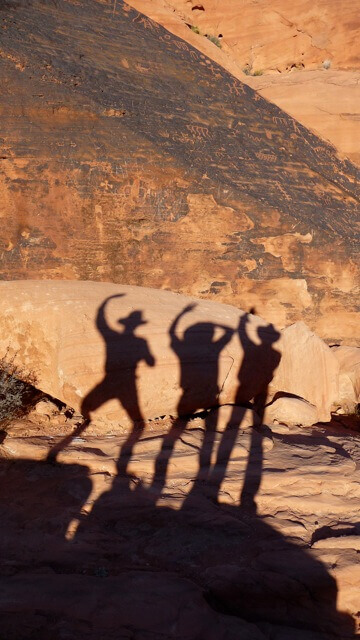
Nevada’s Valley of Fire. Photo courtesy of Richard Louv.
Later came rows of mini-mansions devoid of color or individuality or visual meaning, and shopping malls, one after another after another after another, with the same anchor stores, the same stucco, the same cars, the same dreamlessness.
Perhaps you’ve shared this feeling – this solastalgia, as Australian philosopher Glenn Albrecht calls it: a form of human psychic distress caused by the loss of nature.
The disappearance of that horizon serves as example and metaphor, a reflection of how our society is out of balance, often overwhelmed by technology. Every day, it seems, we’re enervated by empty calories, empty suits, empty politics, empty financial institutions, empty architecture, empty schools, empty news — emptied land.
Do we live in the age of emptiness?
Shift the view just a bit, and the world fills with possibilities. By restoring our kinship with other species, we restore ourselves. Imagine nature-rich and nature-smart homes, neighborhoods, schools, parks, urban and rural farms, workplaces, whole cities.
To build this kind of world, we need more than conservation. We need a new nature movement, not one that urges us back to nature, but forward to nature.
The eco-theologian Thomas Berry, a man who knew the power of practical dreaming, said the “Great Work” of the 21st century would be to reconnect our humanity to the reality and spirit of nature, to the fullness of life. Instead of settling for an age of emptiness, we could be entering one of the most creative periods in human history.
It’s a choice.
-
Network News
POLICY UPDATE: Policy and advocacy for the children and nature movement
-
Voices
Binoculars, bald eagles and my journey as a Black birder
-
Richard Louv
THE WONDER BOWL: Ten Spring and Summer Nature Activities for Kids and Adults
-
Network News
Minneapolis Spotlight: The promise and possibilities of parks for youth
-
Voices
Why nature is my motherhood ally


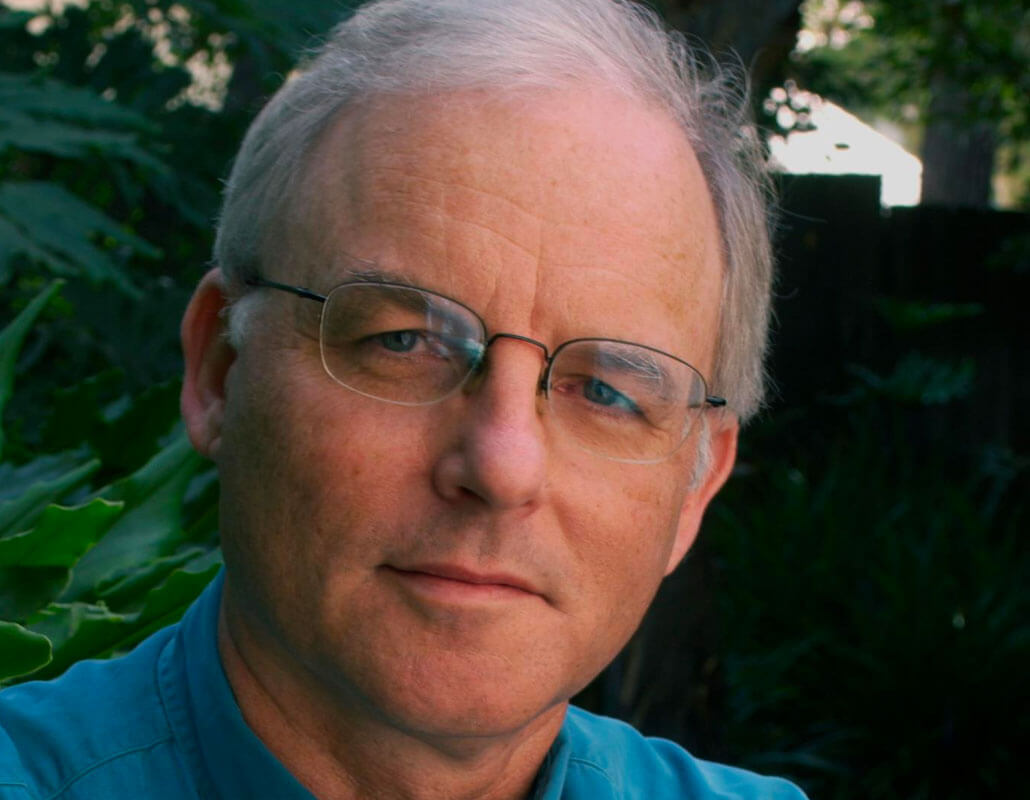
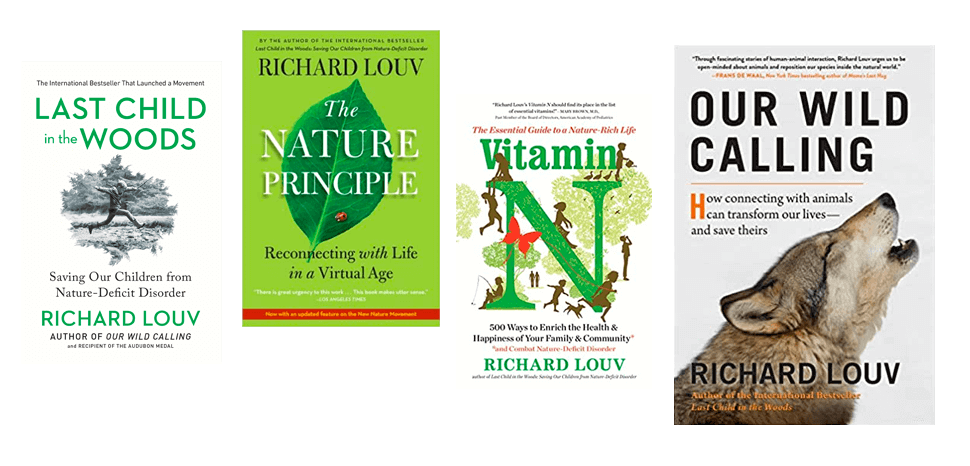
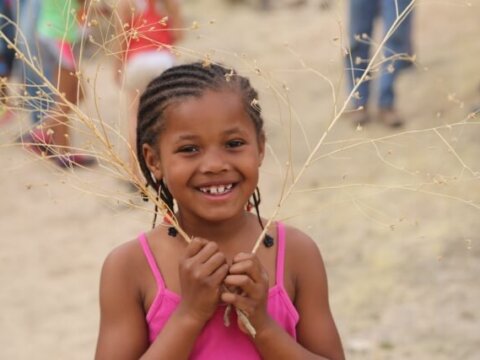
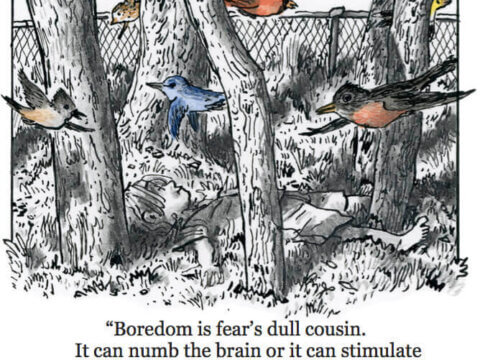
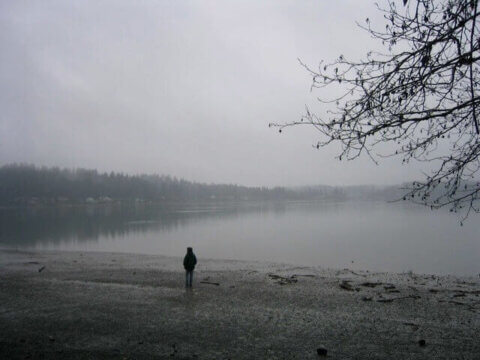
Commentaries on the C&NN website are offered to share diverse points-of-view from the global children and nature movement and to encourage new thinking and debate. The views and opinions expressed are those of the author(s) and do not necessarily reflect the position of C&NN. C&NN does not officially endorse every statement, report or product mentioned.